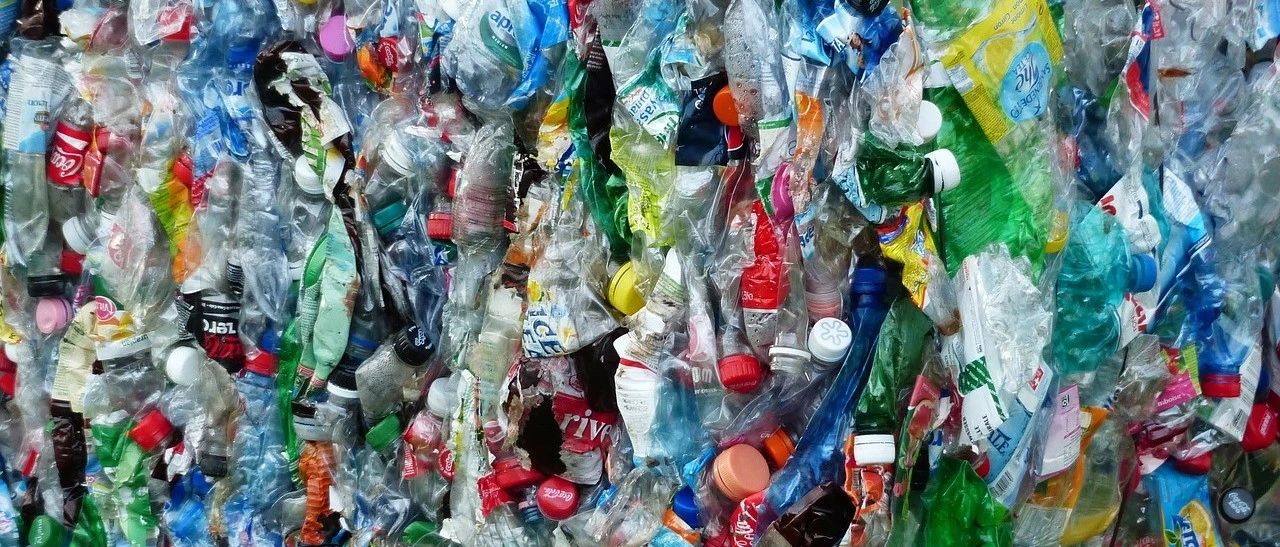
Where did all the beverage bottles in the recycling bin end up?
A plastic bottle can be turned into a dress.
in the recycling bin, empty beverage bottles may be the most popular kind of "waste". How on earth are these beverage bottles recycled and what do they become after they are recycled?
first of all, let's take a look at the materials used to make these beverage bottles. The body parts of most beverage bottles are made of polyethylene terephthalate, an acronym for PET. PET plastic is an excellent choice for making beverage bottles. It is easy to shape, tough, airtight, acid-and alkali-resistant, much lighter than traditional glass bottles, and highly transparent.
disposable beverage bottles produce a lot of plastic waste, but fortunately, these empty plastic bottles are also relatively easy to recycle. PET plastic bottles are easily separated from other rubbish, most of which are colorless, transparent, and easily reshaped thermoplastics, which are added to recycling.
empty beverage bottles collected are first flattened and packed, which makes transportation much easier. Next, the flattened beverage bottle passes through the shredder and turns into small pieces of plastic. The plastic fragments are washed to remove dirt, labels, or other dirt from the surface, and then separate the bottle body from the cap by density differences. Because the caps of beverage bottles are often made of plastic that is different from the bottle body, such as polypropylene, different types of plastics must be separated first when recycling.
vintage bridesmaid dresses are everlasting subject of fashion which show off your exquisite femininity. Enter our online catalogue to find that perfect gown.
after a series of cleaning and screening processes, the remaining PET plastic fragments will be heated and melted into small plastic particles. These granular plastics can be used as raw materials to produce new plastic products. Sometimes, people depolymerize recycled PET plastics into monomer molecules and then reaggregate them.
recycled PET plastic can be made into new packaging containers, plastic films, as well as man-made fibers, cloth, and clothing. It may sound strange that the recycled plastic bottle eventually turns into a piece of clothing, but in fact, the same material is widely used in the textile industry. It's just that when it comes to fiber, PET is generally called "polyester fiber" or "polyester". Don't you feel more familiar when you hear these two names? Flip through the label of the dress and you will often see it.
in the past, PET plastic recycled by traditional methods will no longer be used to make beverage bottles or another packaging for contact food, because the cleaning methods at that time mainly clean the surface of the plastic and there is no guarantee that the contaminants seeping into the plastic will be completely removed. However, with the progress of recycling technology, this problem has been solved. Through the "deep cleaning" under high temperature, vacuum, and other conditions, the recycled PET plastic has been clean enough to produce food packaging. Now, discarded beverage bottles can be recycled into new beverage bottles again, which can be said to achieve real "recycling".
however, the recycling of some other waste packaging is far from smooth. For example, the bag used to hold potato chips is a composite made of different layers of plastic and metal. It is good at avoiding light, moisture, and oxygen, and can keep snacks crisp for a long time. But complex ingredients make it difficult to recycle.